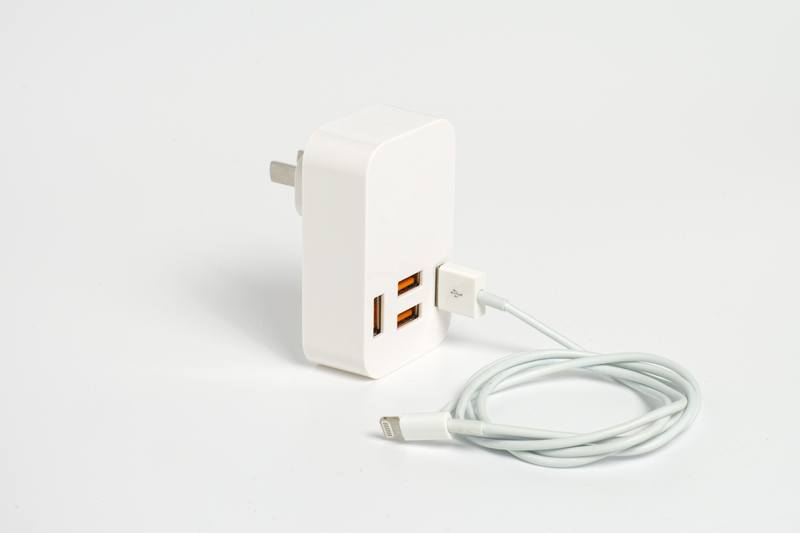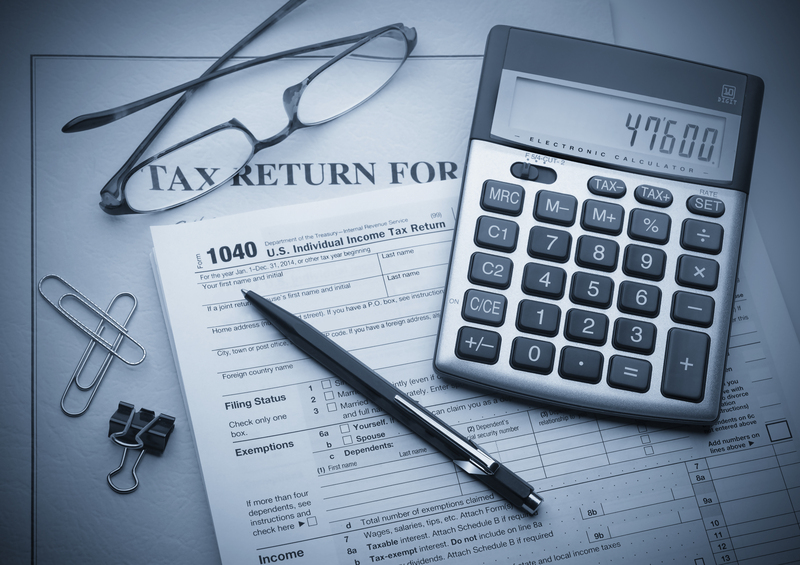Pro Packing Tips for a Smooth Transition to Your New House
Posted on 17/10/2025
Pro Packing Tips for a Smooth Transition to Your New House
Moving into a new home is an exciting milestone, but it can also be overwhelming if not executed properly. Packing efficiently is essential for a seamless move and helps eliminate stress, damage, and last-minute chaos. Whether you're relocating across town or the country, creating an effective packing plan is the cornerstone of a smooth transition.
Why Pro Packing Strategies Matter
Packing isn't just about putting items into boxes. Professional packing techniques can help protect your valuables, streamline the unpacking process, and ensure you start life in your new house on the right foot.
- Maximum Protection: Using the right supplies and techniques prevents breakage and loss.
- Time Savings: Organized packing makes unpacking faster and more efficient.
- Less Stress: Knowing where everything is gives you peace of mind during the move.
In this comprehensive guide, discover pro packing tips for an easy move and learn how to pack for a smooth transition to your new house.

Start Early and Plan Ahead
One of the most effective packing tips for moving is to begin the process well in advance of your move date. Early preparation allows for methodical organization and reduces the stress common in last-minute packing.
Create a Moving Checklist
- List all tasks: packing, booking movers, changing addresses.
- Break down packing by room and set deadlines for each area.
- Use reminders or apps to keep your schedule on track.
Declutter Before Packing
_minimize what you need to pack by letting go of items you no longer need or want. Donate, sell, or recycle to lighten your load and create a fresh start in your new home._
- Organize a garage sale or use online marketplaces.
- Recycle old paperwork, clothing, and appliances responsibly.
- Call donation centers for pickups of usable goods.
Gather Quality Packing Materials
The right supplies are vital for safeguarding your possessions and making your transition to your new home as smooth as possible.
- Sturdy moving boxes: Opt for various sizes, from small (for books) to large (for linens).
- Bubbly wrap and packing paper: Protect fragile items.
- Strong tape: Use heavy-duty packing tape for sealing boxes securely.
- Markers and labels: For clear, visible identification of each box.
- Furniture covers: Keep larger items safe from dirt and damage.
Consider eco-friendly materials or gently-used boxes from local stores for a sustainable move.
Packing Room by Room: The Pro Approach
Professionals follow a systematic, room-by-room strategy to keep everything organized and accessible when you arrive at your new space.
Start with Least-Used Rooms
Begin packing rooms you use the least, such as guest bedrooms, formal dining rooms, or storage areas. This minimizes disruption to your daily life.
- Pack seasonal items, decor, and infrequently-used items first.
- Label boxes as "non-essential" or "open last."
Pack Personal and Essential Spaces Last
- Leave daily-use areas like the kitchen and bathroom for last.
- Consider making an "essentials box" for each family member (toiletries, one change of clothes, medications, chargers).
Label Everything Clearly
A crucial professional packing tip for moving house is thorough and accurate labeling. Detailed labels make unloading and unpacking exponentially easier.
- Use a thick marker for legibility and label at least two sides of each box.
- Include the room destination and a summary of contents--e.g., "Kitchen: Pots and Pans."
- Color-code boxes by room for instant recognition.
- Mark fragile boxes clearly. Use "FRAGILE" and note which side is up.
Protect Breakables with Pro-Level Precision
Glassware, ceramics, and electronics require special attention for a safe transition to your new residence.
How to Pack Dishes and Glassware
- Use small boxes for heavy or breakable items.
- Wrap each piece individually in packing paper or bubble wrap.
- Stack plates vertically--not flat--to prevent breakage.
- Fill empty spaces in boxes with crumpled paper or towels.
Electronics and Appliances
- If available, repack in their original boxes.
- Bundle cords, tie them, and label each to match the device.
- Take a photo of plugged-in setups to simplify reassembly.
- Remove batteries from devices to prevent leaks.
Utilize Luggage and Household Containers
Not all packing has to be in cardboard boxes. Suitcases, backpacks, laundry baskets, and storage bins are perfect for clothes, linens, or oddly-shaped items.
- Pack suitcases with clothes, shoes, or books.
- Fill duffle bags with athletic equipment, towels, or bedding.
- Use plastic bins for off-season items you'll store immediately in your new home.
Keep Moving Day Essentials Separate
For a smooth move-in, pack a "first-night" or "essentials" box for each household member. These should include:
- Toiletries (soap, toothbrush, towel)
- Phone chargers and basic electronics
- Snacks and water
- Basic cleaning supplies
- Bedding
- Important documents (passports, lease, insurance)
Keep these bags or boxes easily accessible in your car or in a designated spot, so you aren't searching through stacks after a long day of moving.
Pro Packing Hacks for a Quick and Easy Unpack
- Take photos of setups (especially for electronics) before disassembly.
- Pack hanging clothes in garbage bags--tie hangers at the top for easy transfer.
- Pack jewelry and small valuables in egg cartons or pill boxes to prevent tangling.
- Use socks and towels as padding for glassware or fragile items.
- Leave clothes in drawers--wrap them in plastic wrap for easy moving.
Take Inventory and Stay Organized
A comprehensive inventory ensures nothing gets lost in the shuffle and is especially important for long-distance moves or when using professional movers.
- Number each box and keep a corresponding list of contents.
- Use an app or digital spreadsheet for convenience.
- Check off boxes as they arrive at your new house.
Photograph Valuables Before Packing
For insurance purposes, photograph high-value items before packing them. This helps document condition and contents in case of loss or damage.
Don't Overpack Boxes
Avoid the common mistake of overfilling moving boxes. An overpacked box is difficult to carry and more likely to break apart in transit.
- Keep box weight under 50 lbs (22 kg) when possible.
- Mix heavy and light items--e.g., books on the bottom, pillows on top.
- Fill boxes completely to avoid shifting but don't force items to fit.
Work with Professional Packers or Movers
If you're overwhelmed or pressed for time, consider hiring professional moving and packing services. Experts bring experience, speed, and accountability to ensure your move to a new house is as smooth as possible.
- Professional packers know industry-standard techniques for fragile and bulky items.
- They provide insurance and accountability for high-value possessions.
- Movers can offer specialty services for pianos, art, or antiques.
Final Walk-Through and Cleaning
Once everything is packed, perform a final walk-through. Check all closets, cabinets, and storage spaces to make sure nothing is left behind. A clean, empty house is not only courteous for the next occupants but also ensures you haven't missed anything crucial.

Transitioning to Your New Home
Upon arrival, use your labeled boxes and inventory to direct movers or helpers to the right rooms. Set up essential areas first, like beds and kitchen appliances, before tackling less urgent spaces.
- Unpack systematically, room by room, starting with essentials.
- Recycle packing materials as you go to minimize clutter.
- Perform an inspection for damage or missing items and report immediately if using a moving company.
Conclusion: Embrace Your Smooth Move
Moving into a new house should be an enjoyable experience--a fresh start in a new setting. By following these pro moving and packing tips, you'll be able to reduce stress, protect your belongings, and streamline the transition to your new house.
Remember to start early, use quality supplies, label meticulously, and keep essential items separate. Whether you're packing yourself or with professionals, organization and a bit of planning go a long way. Here's to a smooth move and a happy housewarming!
For more expert advice on moving, checklists, and home organization, browse our additional resources or speak to one of our moving consultants today.



